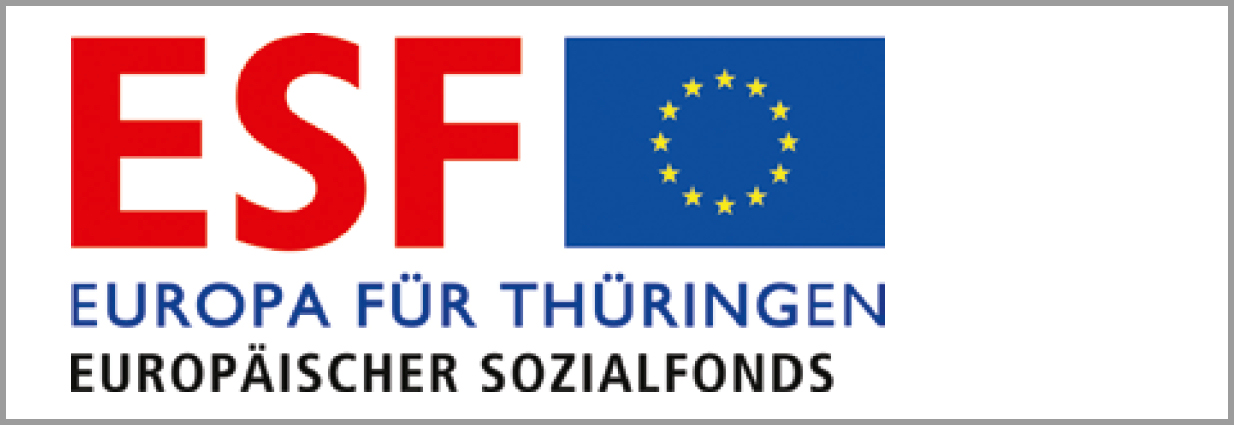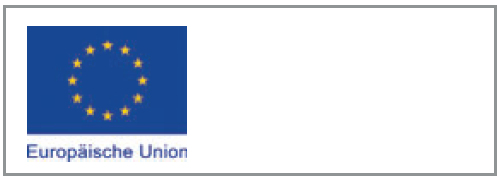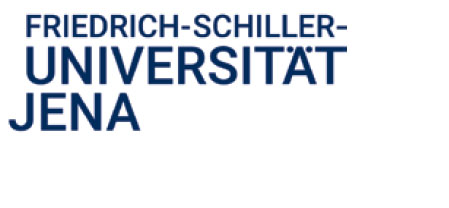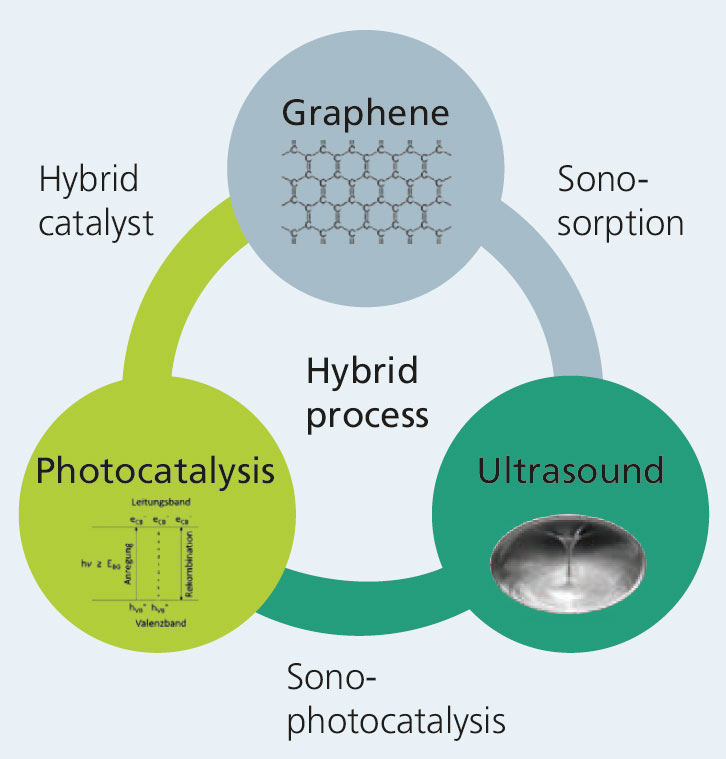
Graphene for micropollutant removal – Thuringian research group "SoWas"
Current research

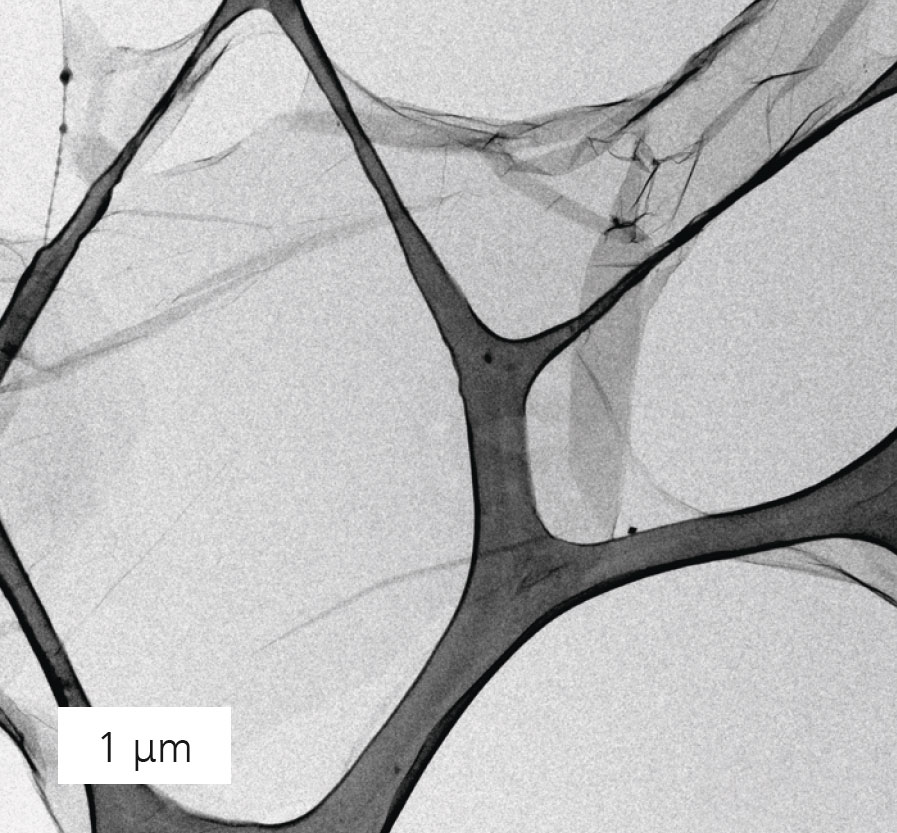
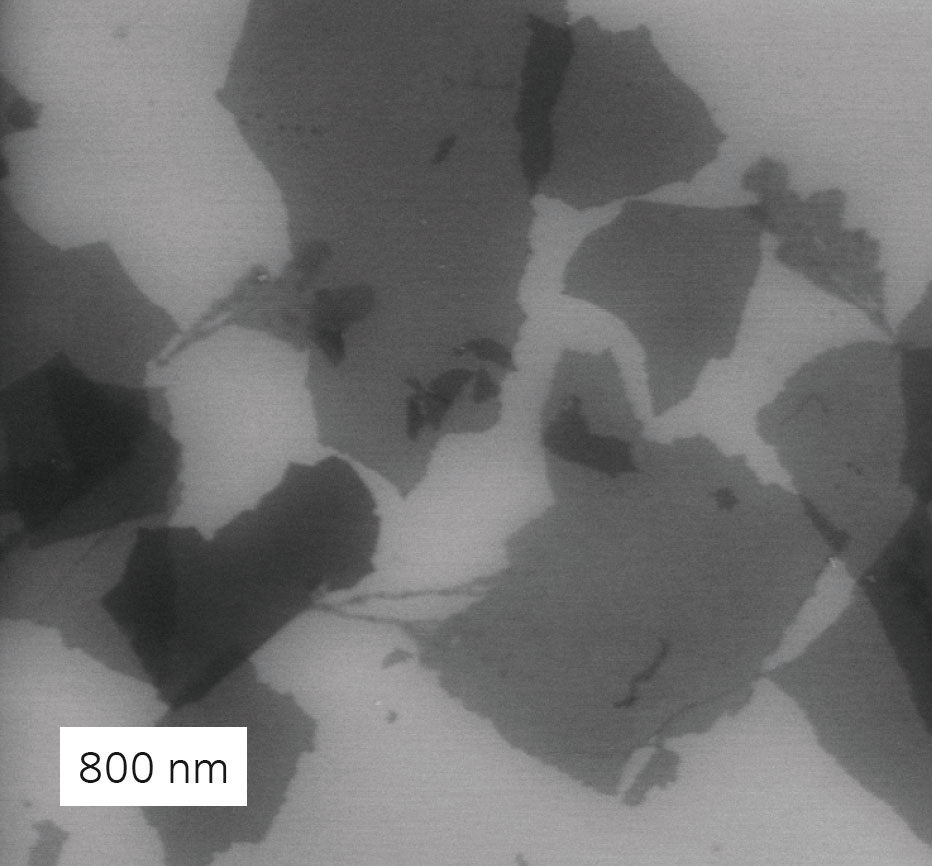
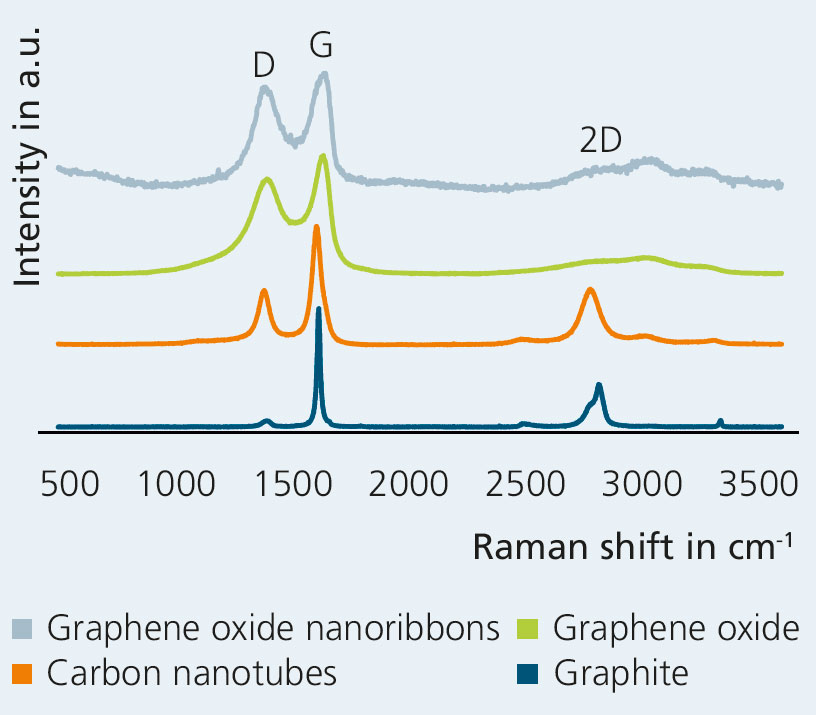
Micropollutants are immensely challenging for the global water management industry. These water-soluble organic substances are toxic for the aquatic environment, even in small quantities, and they are not removable by conventional three-stage sewage treatment technology.
Synergy effects of hybrid process
As part of the research group “SoWas” and in collaboration with the Friedrich Schiller University Jena, Fraunhofer IKTS investigates how to completely remove micropollutants by combining adsorption and oxidation on nano- particles. To achieve this, the oxidant can be introduced into the process by creating cavitation using ultrasound and/or through photocatalysis using TiO2. The adsorption can be realized with carbon species such as graphene. Combining these methods creates a synergy effect, and the degradation rate of micropollutants can be greatly increased.
Graphene – an ideal adsorber
Graphene is a 2D material consisting of carbon atoms arranged in a honeycomb lattice. It is characterized by high electrical and thermal conductivity combined with high mechanical stability. Furthermore, graphene has a very high specific surface area, which makes it an extremely suitable adsorbent.
IKTS is able to synthesize graphene and graphene oxide through the exfoliation of inexpensive graphite and by unzipping carbon nanotubes (CNTs). Depending on the chosen starting material and its processing, it is pos-sible to tune the mean graphene flake size within the nm to μm range. These flakes can be then directly bound to TiO2, the photocatalyst. Furthermore, the adsorption properties of graphene can be adjusted depending on the micropollutants that need to be removed.
Services offered
- Exfoliation of graphite and unzipping of CNTs for graphene fabrication
- Customer-specific functionalization
- Comprehensive characterization of graphene
We are grateful for the financial support provided within the framework of the Thuringian research group “SoWas” (funding code: 2019 FGR 0085) and would like to thank the industry advisory board.
Supported by
